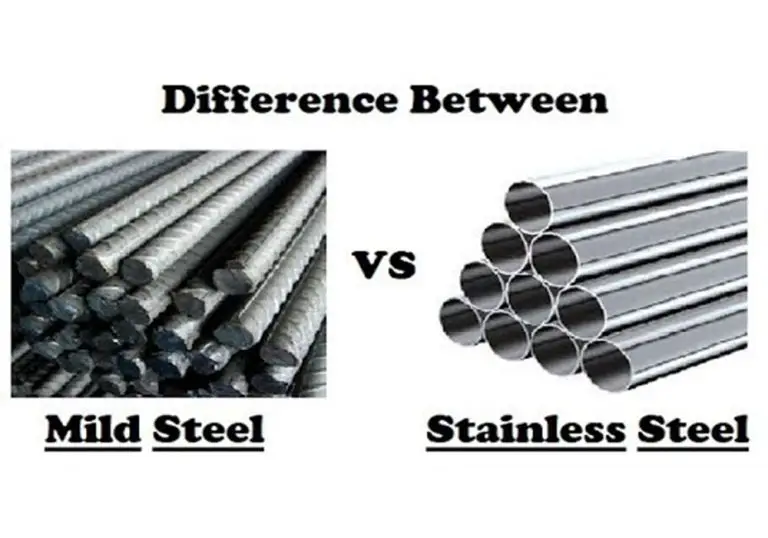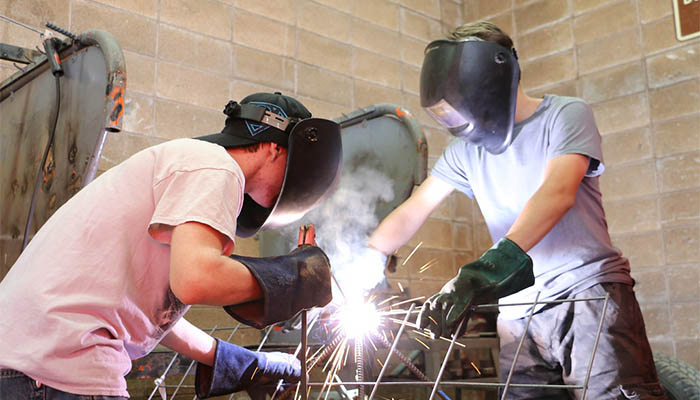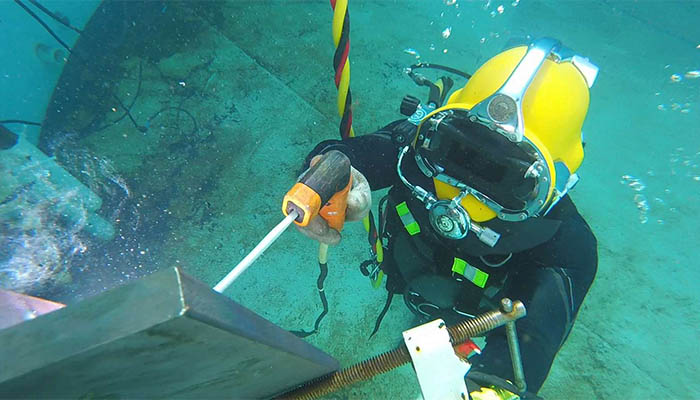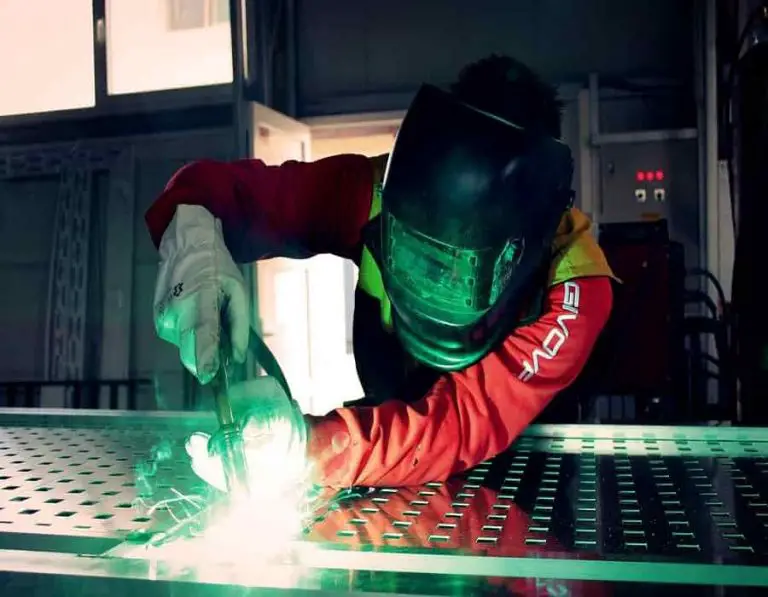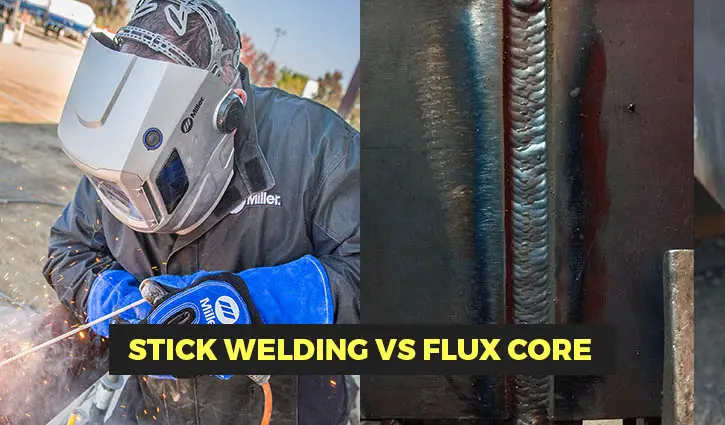What welder is best for aluminum: TIG or MIG?
Welding aluminum is difficult even for many experienced welders, and many people inquire, “how to weld aluminum?”
Welding aluminum requires multiple techniques and procedures than welding steel. Understanding these differences is critical to successful welding and tackling a variety of projects.
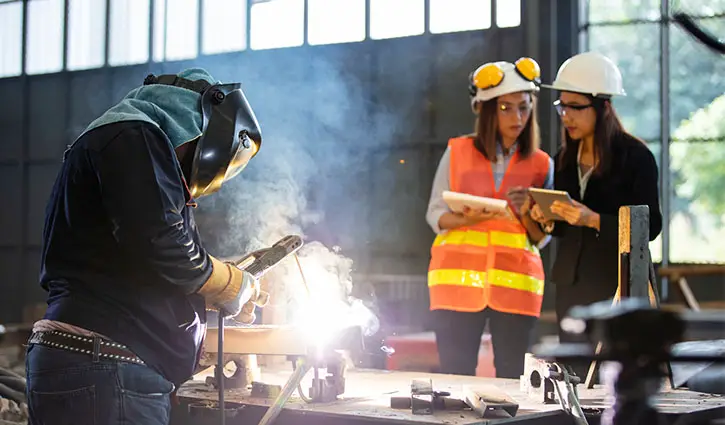
However, welding aluminum is esteemed difficult, but it is a skill that can be acquired with the right guidance, knowledge, and practice. And in this article, we will guide you toward the topic of “what welder is best for aluminum
Let’s begin!
Table of Contents
The Best Aluminum Welding Method
The key to welding aluminum is selecting the appropriate welding procedure. While there are several ways and tools for welding steel, there are specific equipment and procedures for welding aluminum.
The aluminum metal must be carefully cleaned by the welder before even starting the welding process. As it is already noted, one of the problems with aluminum is that contaminants tend to stick to it more easily.
So it’s important to prepare the content properly. Else, any welder/welding techniques you use, the welding will definitely be imperfect.
What Type of Welding Is Used for Aluminum
In some ways, aluminum is an excellent metal for welding since it is lightweight and flexible. But it also has additional characteristics that make it difficult to deal with and incompatible with various types of welding.
Some common welding process of aluminum is mentioned below:
- Gas Tungsten Arc Welding (GTAW)/ TIG
- Gas Metal Arc Welding/ MIG
- Arc Welding
- Electron Beam Welding and Laser Beam Welding
Among these welding procedures, TIG and MIG are the most used, preferred, and notable aluminum welding techniques.
Among the widely used welding methods for aluminum, gas tungsten arc welding (GTAW) is a prominent technique. It is also referred to as tungsten inert gas (TIG) welding. Welders for professional racing teams and auto enthusiasts both frequently employ this welding method.
Another typical technique for welding aluminum is gas metal arc welding (GMAW), also called metal inert gas (MIG) welding.
Compared to TIG welding, this form of welding frequently has quicker travel speeds and greater deposition rates, which affects its weld quality. But as it uses a mechanical wire feeding mechanism, the welder might need to employ a necessary spool gun to enable wire feeding.
Read More: Is TIG Welding Bad For Your Health?
Which is better for welding aluminum: MIG or TIG?
There are both benefits and drawbacks to TIG and MIG depending on the circumstances. Check out your project requirements and what you must do to complete them to choose the approach that is ideal for you. Take into account your welding expertise, the materials you’ll be using, the project’s timeline, and the budget.
TIG welding:
As the flame and the filler materials are different during TIG welding, two hands of the welder are required. Nevertheless, filler materials are not necessary for TIG welding to produce a strong weld.
The quantity of power that flows in the torch may also be controlled via a foot pedal beneath the TIG welders. Some arc welding cause spatters as they are being done. TIG welding results in less spatter and a hassle-less finish.
MIG welding:
MIG welding is the process of joining a project together by feeding some metal wires that are attached to the electrodes. Through the flame and the molten metal, the wire transports filler materials.
Short-circuit welding is used in MIG. Inert gases exit the cannon when the weld puddle forms and shields it from other components present in the atmosphere. Because of this, one can fuse the metals since the inert gas works like a shield.
To summarize, TIG is for precision, controllability, and reduced distortion; MIG is for simplicity and speed. Unless you possess expertise with gas welding, which it is quite comparable to, TIG is harder to grasp.
Unless you are experienced with the process, MIG tends to give you a surface weld with little penetration.
Today, the MIG welding technique is more popular than conventional TIG welding. MIG welding works significantly quicker and is simpler to learn. The industry uses the MIG techniques for mass welding.
So, MIG is a better technique than TIG welding.
FAQs
As it requires much heat compared to mild steel to weld, aluminum is a challenging metal to do so with any type of MIG welder. You should try to have your metal at least 14 ga thick. To 18 ga. You will be needing a TIG welder if the metal is any thinner.
The 5356 filler metal creates a stronger weld than most other filler metals. Compared to the 11.5 Ksi of the 4043 welding rod, the 5356 welding rod possesses a larger longitudinal shear of 17 Ksi.
Conclusion:
It can be the distinction that elevates your project by using the TIG/MIG welding. It may be made with a lot less time and work while yet being of higher quality and lasting longer.
You may choose which weld procedure to utilize for your particular project by considering the projects that suit TIG and MIG welds the most.
Read More: Why Is Mild Steel Good For Welding?

